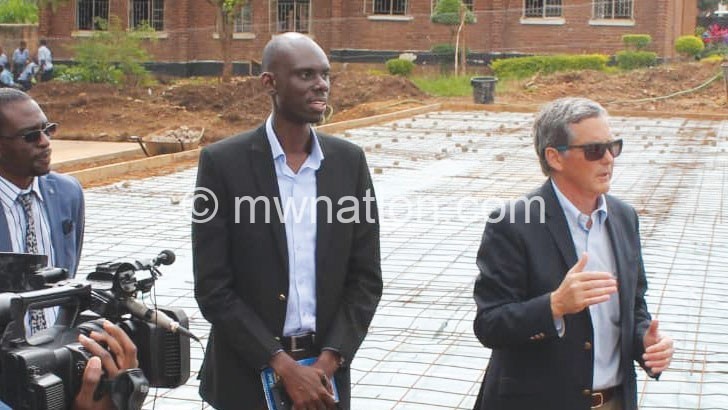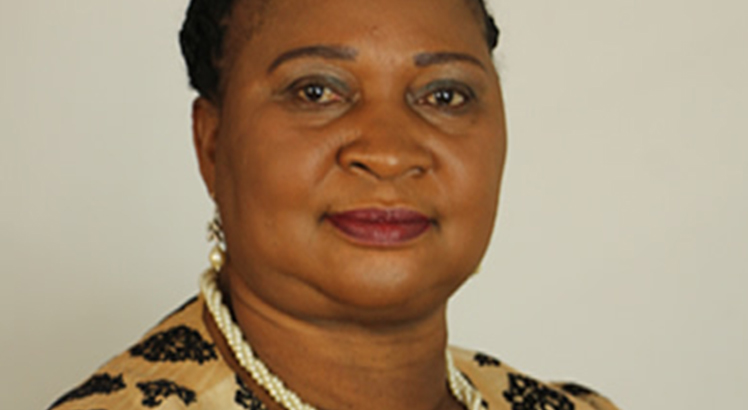Education key to HIV prevention—Usaid
United States Agency for International Development (Usaid) director Littleton Tazewell says facilitating girl’s access to education beyond primary school is linked to effective HIV prevention.
He said this during a tour of Kawale and Chigoneka community day secondary schools (CDSSs) where Usaid is constructing two classroom blocks and washrooms.

Said Tazewell: “Higher education levels are correlated with factors that substantially lower HIV risk as youths keep themselves busy with education to avoid immoral behaviour that will lead them to HIV.”
To this end, he said the United States Embassy, through Secondary Education Expansion for Development Project, is expanding classroom blocks for 30 urban CDSSs and 200 new rural CDSSs nationwide to keep the girl child in school.
“This is a significant investment as part of US Government on extending access to secondary schools for the youth in Malawi. Every district will receive four or more schools,” Tazewell said.
According to the Usaid director, this is the first time the US government is using the President’s Emergency Plan for Aids Relief (Pepfar) funds which are allocated to health to build classrooms to support education as a way of fighting HIV and Aids among the youth.
“We expect to reduce HIV and Aids among youths, to see better education outcomes and also see reduced number of early pregnancies,” he said.
Chigoneka CDSS head teacher Bernadette Chitwere said she was pleased with the project.
“The classrooms will reduce congestion at the school and motivate students to work hard,” she said.





